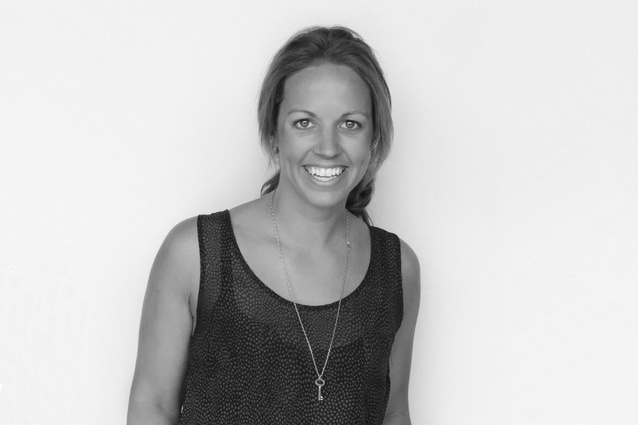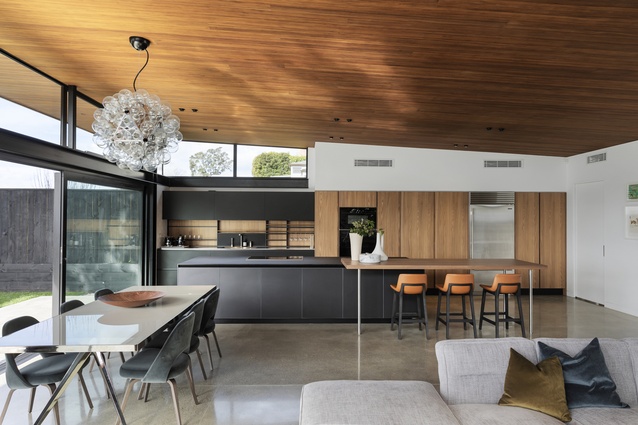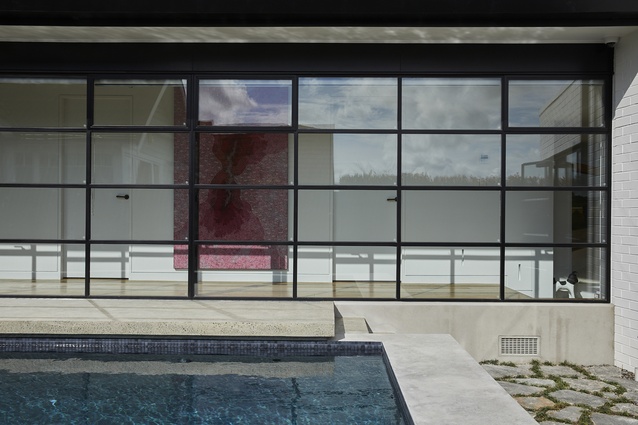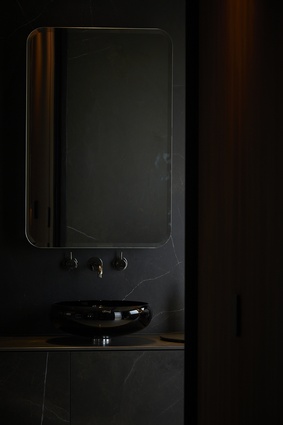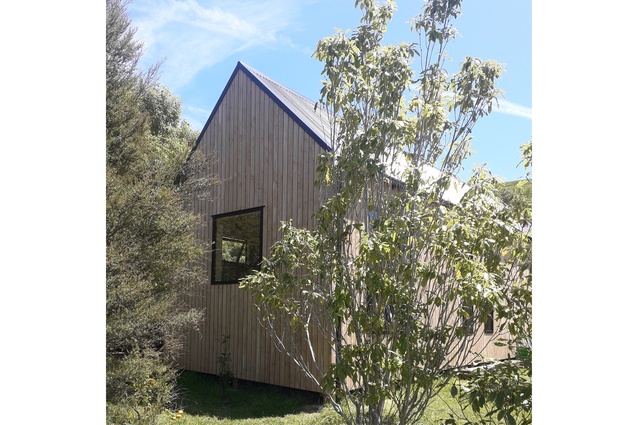Designer interview: Alyssa Helleur
Alyssa Helleur is an up-and-coming young designer working at BDG Architects and one of the minds behind a recent renovation for a house in Auckland’s Remuera, featured in issue 113 of Urbis. Ashley Cusick sat down with her to find out a bit more about her approach to design, balancing client needs with practical constraints and what she’s looking forward to in the future.
Ashley Cusick (AC): Let’s start at the beginning. When did you first become interested in design?
Alyssa Helleur (AH): If you asked my parents they would say that they could have picked my career from a really young age. My mum says I was the only kid she knew that drew floorplans for fun. So, I’ve always been interested in spatial design. Then later on in high school, I became more interested in all elements of design. I became quite the keen fashion follower and was really into furniture design, and I found all of those things a bit beyond architecture interesting. I suppose I’ve always been quite aesthetically aware. Things that might go unnoticed to some others do not gone unnoticed by me.
AC: How did you make the decision to go into architecture over interiors or fashion or anything else?
AH: I liked the technical side of the architecture. I find that I enjoy interiors more when I get to make the space as well. Whereas, if I was given a project that I had to do a fit out for, I don’t think I would enjoy that quite as much. I like being able to control a lot more of the project. I really like being able to make a floor plan work, and you miss that opportunity sometimes with interiors and other elements of design.
AC: You’ve worked on quite a few residential renovations or alterations while you’ve been working at BDG Architects. What are some of the challenges that come with renovations that are different from new builds?
AH: With renovations you never know what’s under the surface. You open it up, and it’s a can of worms. You have to think quite quickly, and often it’s not how you thought it was constructed so all your detailing has to change to accommodate it. I think another challenge is budget: dealing with clients and their budgets and making them aware of the risks involved with taking on renovation projects. You have to design something that’s within the budget, but also with this contingency that if we open it up and we find rot or you find structure that’s just hanging on, it needs to be fixed.
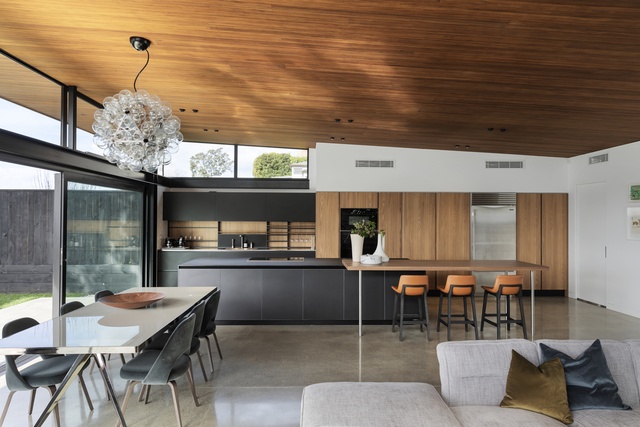
AC: Would you say you prefer a renovation or addition project to a new build?
AH: I like the constraints of a renovation. More often than not, you’re keeping a portion of the original house. Straightaway, your floor plan and your site layout is dictated by something. I am drawn to those challenges. I think my skills are more in re-imagining spaces than starting from scratch.
With the Remuera House [from Urbis 113], the original part of the house was all tight, small spaces, and it’s so different now. You open the door and it’s just this vast open space. A renovation can be a constraint, but it also drives you in the right direction.
I really enjoy new builds as well. For me, it comes down to working with the end user, I really like developing that relationship with the client and morphing their existing house that’s not meeting their needs into something that will.
AC: I’m sure each project is different, but do you have any principles that you always start with when designing?

AH: I’m probably more inclined to design from the inside out, and that’s really evident in the Remuera House. Paul [a director at BDG] and I were both on the design team, but I did the interiors myself. The whole renovation is about how you experience the space internally, because you very seldom – especially on Auckland sites that are usually quite small – experience the house externally, because we usually build close to the boundaries. That’s where I start. How am I going to experience each space? What do I want this space to feel like?
In terms of how I approach design as a whole, or what I am inspired by or draw upon, comes down to the individual client. This is where working with the end user benefits my style. I like to observe them before I put pen to paper. That includes having big conversations about how they want to live, but at the same time, looking at what they wear, what they are into, what type of person they are. When it comes down to the detail of the interiors, for example, no house should be the same.
The client with the Remuera House, they have a really luxe lifestyle, they enjoy the finer things in life. They also have two young children and want to have a really usable, family friendly space. With them, it was a big combination of getting all those finer details into the house, but making it hard wearing; it had to be able to endure two little boys. The house also is quite sprawling and they needed to be able to locate everybody within it, so we’ve gone for this U-shaped plan.
AC: How do you conduct that observation typically?
AH: We have a lot of client involvement; that’s sort of our approach in general. It would be very rare for them to get a concept design without feeling completely involved in the process. There’s a lot of client meetings, but if it’s a renovation or a property that they already own, I quite enjoy going into their environment. It doesn’t take long to observe certain things. You see a lot more than you do if you’re around a boardroom table. In their own family home you can see how they are, what they do together and what they like.
AC: How do you balance the client’s desires – or their likes and dislikes – with the practical constraints of renovating?
AH: Budget is a huge driver. For most clients budget has to come in to it. Also trend following is something that I’ve tried to steer clear from. Clients having access to Pinterest and everything else now, they sometimes come with these ideas, and it’s not really my style to trend follow. It’s more of a guiding process. Transparency is also important. There’s no point in me designing, or having a conversation and giving them false hope that they can afford this luxe finish if it’s not in the budget. So, it’s about being clever.
I recently designed a bach for my own family. It was a complete contrast to the Remuera House. It had a low budget. It was an exercise of stripping back, but I think the finish is really successful. You’ve just got to work a little bit harder and find something that works and take every opportunity to refine a detail.
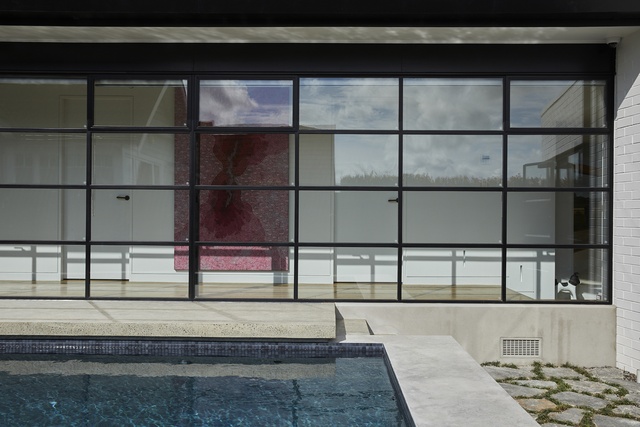
AC: What keeps you inspired at work?
AH: Instagram is one thing that has been awesome because you can get a look into what people overseas are doing. I really like some of the Australian architects, like Austin Maynard, who are bringing new typologies and new approaches, to high density housing or medium density housing. I really enjoy following them and thinking of ways of bringing that into what we do here.
AC: What is the highlight of the design process for you?
AH: Seeing something come to fruition is always a highlight, blowing clients’ minds. There are always moments in a build where they can see what I could always see. A lot of times, we can visualise better than the clients, and often there are elements in design where you know you didn’t have them completely on board. There’s usually a moment when it’s starting to be built or completed, and then they’re just like, “Oh my gosh, you were so right.” It’s a really nice feeling and to be able to deliver what you promised.
AC: What are you what are you looking forward to in the future?
AH: The short term goal is to get registered, which I will start working towards next year. As an individual, my goal would be to start establishing a client base, and to start bringing in the type of work that I enjoy doing. You get different types of clients. Some clients appreciate design and are ready to go on that journey with you, and I would like to bring those types of clients into the office. I think I’ve got a fair bit to offer and some time to do it, and I’m ready to start making a name for myself.
Pick up a copy of Urbis 113, out now, to see more on the Remuera House renovation by BDG Architects.

